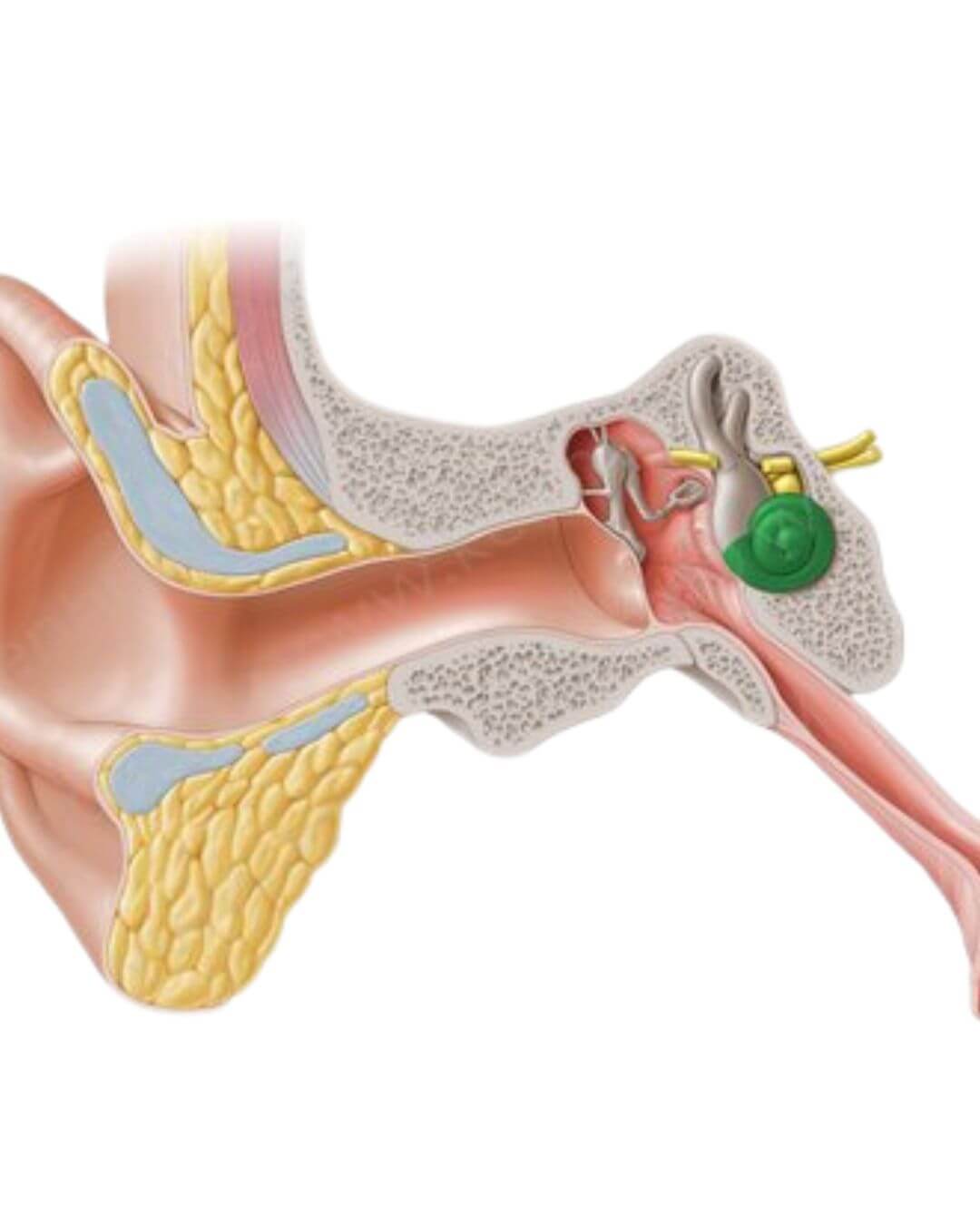Table des matières
The foundation of a child’s future lies in the early bonds forged with parents, a wisdom echoed in an ancient Mayan proverb from circa 1000 B.C.: “A mother should hold that infant close so that he knows the world is his. A father should take that infant to the highest hill to show him how wide and wonderful ‘his’ world is.” This timeless insight, highlighted by a clinician at The Listening Centre in Toronto, aligns with the Tomatis Method’s approach to child development. Drawing from a 1989 publication, this exploration examines how parental roles, enhanced by auditory stimulation, shape a child’s growth, inviting reflection on the balance of nurture and guidance.
A Holistic Foundation
The Tomatis Method, rooted in audio-psycho-phonology (APP), uses auditory stimulation to refine listening skills, supporting children with developmental challenges. Beyond technical intervention, the method emphasizes parental involvement, encouraging a focus on the child’s potential rather than deficits. This humanistic approach mobilizes each parent’s unique strengths—mothers offering emotional grounding, fathers providing direction—creating a supportive atmosphere at home, school, and among peers. The proverb’s imagery underscores this duality, suggesting a synergy that eases the journey to maturity.
The Mother’s Embrace
From the child’s perspective, the mother embodies life’s origin, a bond initiated prenatally and sustained through early years. Her embrace—literal and symbolic—nurtures self-worth and security, tracing back to the womb where mother and unborn coexist in creation. Research increasingly highlights this period’s impact, reinforcing the mother’s role as a child’s “ground.” Her love and encouragement, shaped by her own life attitude, fuel the child’s motivation to engage with the world. Yet, when she assumes roles like teacher or disciplinarian, the message to “grow up” can feel like rejection, sparking resistance and tension that hinder emotional growth.
The Father’s Horizon
In contrast, the father represents the future, the world beyond home, linked to language, school, and social structures. His invitation to grow—delivered through dialogue or guidance—positions him to guide the child toward independence, supported by the mother’s reassurance. Historically, mothers have borne much of the growing-up burden, monitoring school and discipline, while fathers often step back. The proverb’s “highest hill” calls fathers to actively shape this journey, fostering discovery and resilience, balanced by the mother’s welcoming return. This dynamic optimizes family harmony.
Mobilizing Parental Strengths
The approach advises mothers to focus on the child’s being—through play, storytelling, or encouragement—maintaining a stretched yet intact “umbilical cord” to life. Fathers are urged to value the mother’s role, lead in growth-related tasks like chores and school oversight, and ground discipline in dialogue. In single-parent or absent-parent scenarios, the parent’s image can be upheld through substitutes or cultural heroes, ensuring the child’s perception remains intact. This paradigm, tested over a decade, clarifies parenting dynamics, explaining why father-led directives often meet less resistance.
A Case in Point
A year ago, a mother of a 10-year-old girl, Julie, with brain damage from a car accident, sought help at The Listening Centre. Confined to a wheelchair with limited mobility and speech, Julie showed progress with Tomatis sessions, including prenatal voice simulations, becoming more alert and communicative. Her mother, however, struggled under the weight of therapeutic demands, leading to tension and resistance. Encouraged to step back from directing roles, she embraced playful activities, complementing the auditory program. Julie’s cooperation and initiative grew, tensions eased, and a year later, their relationship flourished, with the father taking a stronger role.
Reflections and Reach
This approach, inspired by Alfred Tomatis, avoids rigid gender roles, focusing on the child’s perception of parental images. It highlights how auditory stimulation, paired with balanced parenting, fosters growth, especially for children with challenges. While rooted in a specific case, its principles suggest broader applicability, urging parents to nurture potential over problems. Future exploration might quantify these effects across diverse families.
The proverb’s vision—mothers as roots, fathers as horizons—resonates as a guide, suggesting that with sound and support, children can claim their world.
Context: Gilmor, Tim, Dr. “Helping Children Grow Up.” Tomatis Informations, October 1989, Nr 24, pp. 89-96. The Listening Centre, Toronto.



